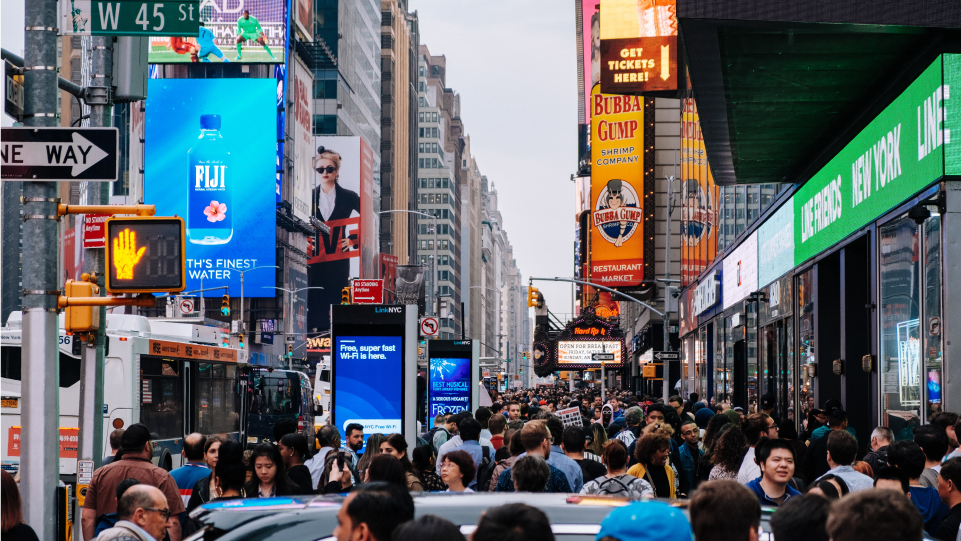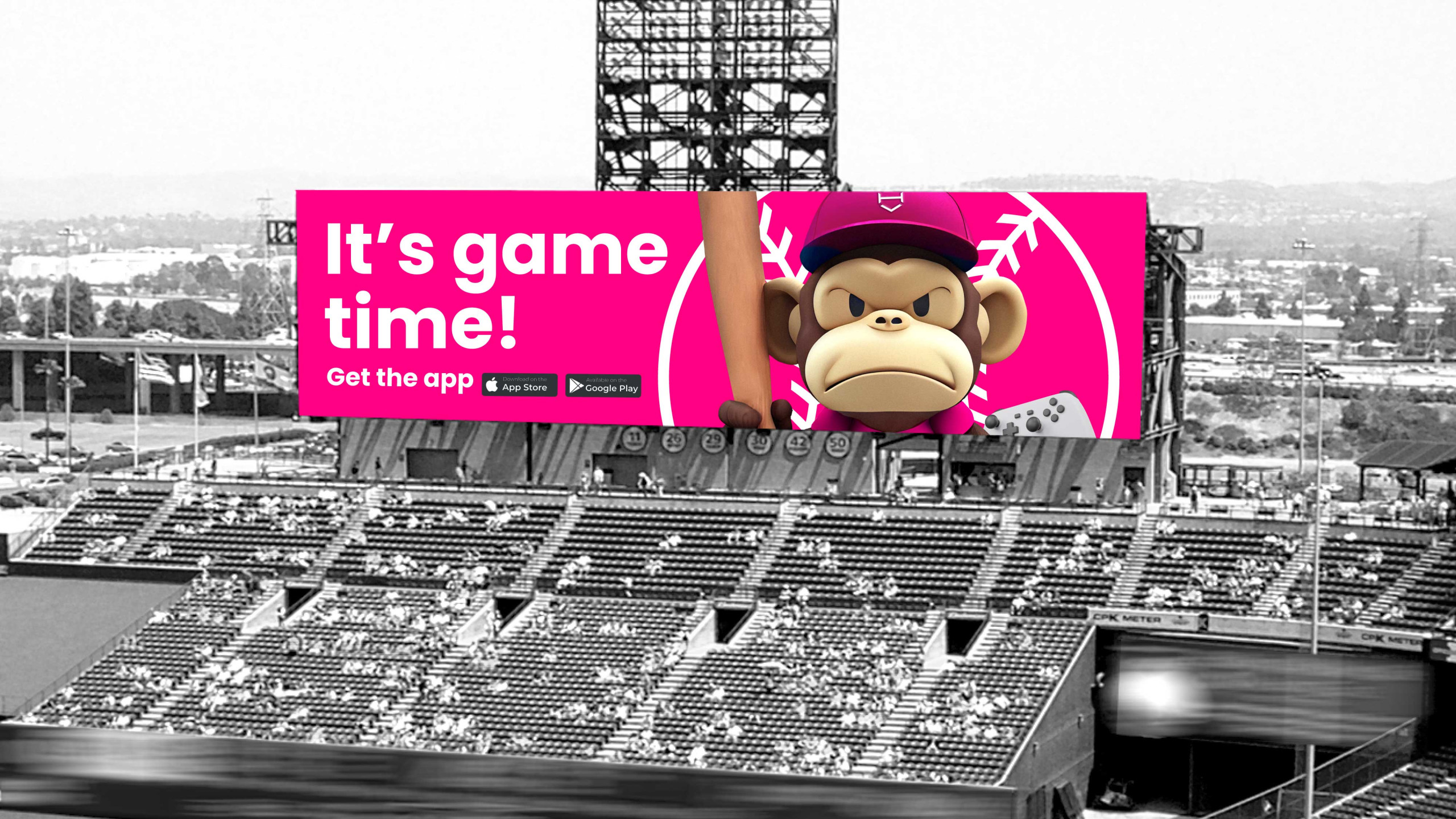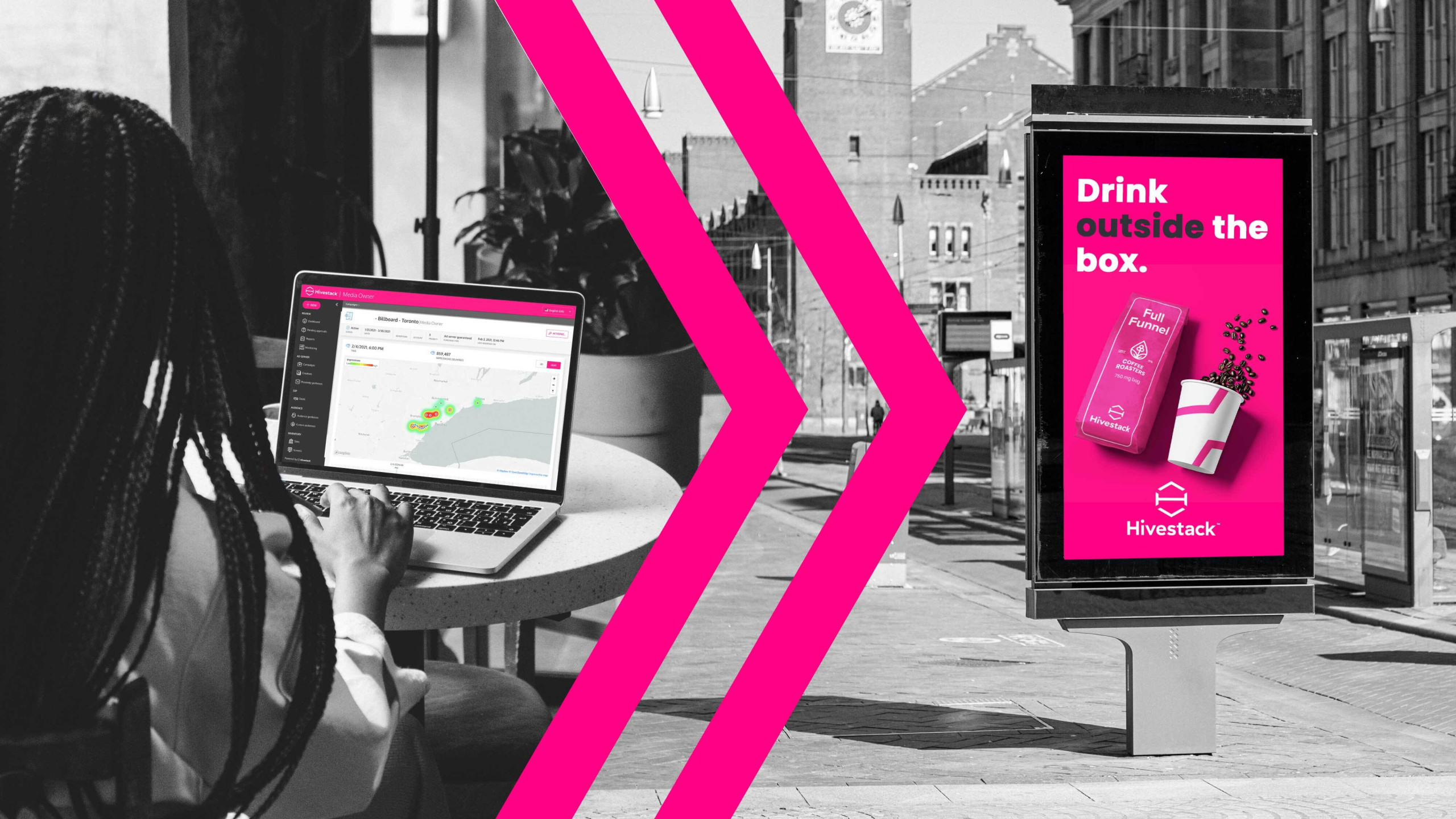March 22, 2023 | Expert Insights
How mobile-based location data solves where to place DOOH ads

Choosing the right location is crucial to the success of any OOH campaign, but when marketers are spoiled for choice, audience and location data can offer clarity.
Whether it’s fishing holes or scoring goals, being in the right place at the right time is an inevitable factor in the success of either. The same goes for out of home (OOH) advertising. Choosing the right location is crucial to engaging the right audience in the right place at the right time, ensuring budget is efficiently spent according to campaign goals.
Although static billboards are still alive and well, they’ve evolved to include dynamic, colorful digital screens that would rival most high-end consumer TVs. They’re a part of everyday life and have expanded into spaces like taxi cabs, elevators, doctor offices and even public washrooms. They come in a multitude of sizes, curvatures, formats and offer almost endless creative possibilities. One could argue that advertisers are spoiled for choice, but not so fast – no good marketer in 2023 is initiating ad spend without some data-driven insight. And that’s where audience and location data comes in, digital out of home’s (DOOH) secret party piece.
Of course, the power of programmatic DOOH advertising still allows for advertisers to target audiences at specific locations, but the beauty of the channel is its ability to layer multiple techniques, many of which go beyond a singular location. Combining DOOH geolocation data with unique sources of audience data, marketers can better understand audience movement patterns, density and concentration of people relative to a point of interest (POI), business or DOOH enabled screen. These audience movement patterns play a crucial role in the contextual impact of an ad when combined with programmatically enabled triggers such as the time of day, weather conditions or traffic density. Additionally, understanding whether a device has been in proximity to a screen previously or not, narrows down location choice and opens opportunity for retargeting.
A similar tactic that leverages more geolocation data is to target points of interest (POIs) in close proximity to a competitor’s retail locations and target the consumer throughout their journey to purchase.
Unlike radio, TV, or static OOH ads, DOOH can be optimized in-flight, and ad location can be changed to maximize impressions and reach a targeted audience. DOOH combines the high-impact creative associated with many traditional channels, with the advanced audience targeting and measurement capabilities of online.
As the old saying goes, “location, location, location,” but in today’s world of DOOH enabled advertising, the constrictive undertones of the saying mean less than ever. Buyers no longer need to put their eggs in a single basket. Instead, they’re spoiled for choice and should be guided by location data to choose inventory that is relevant to their target audience and ultimately drives measured results for their business.


